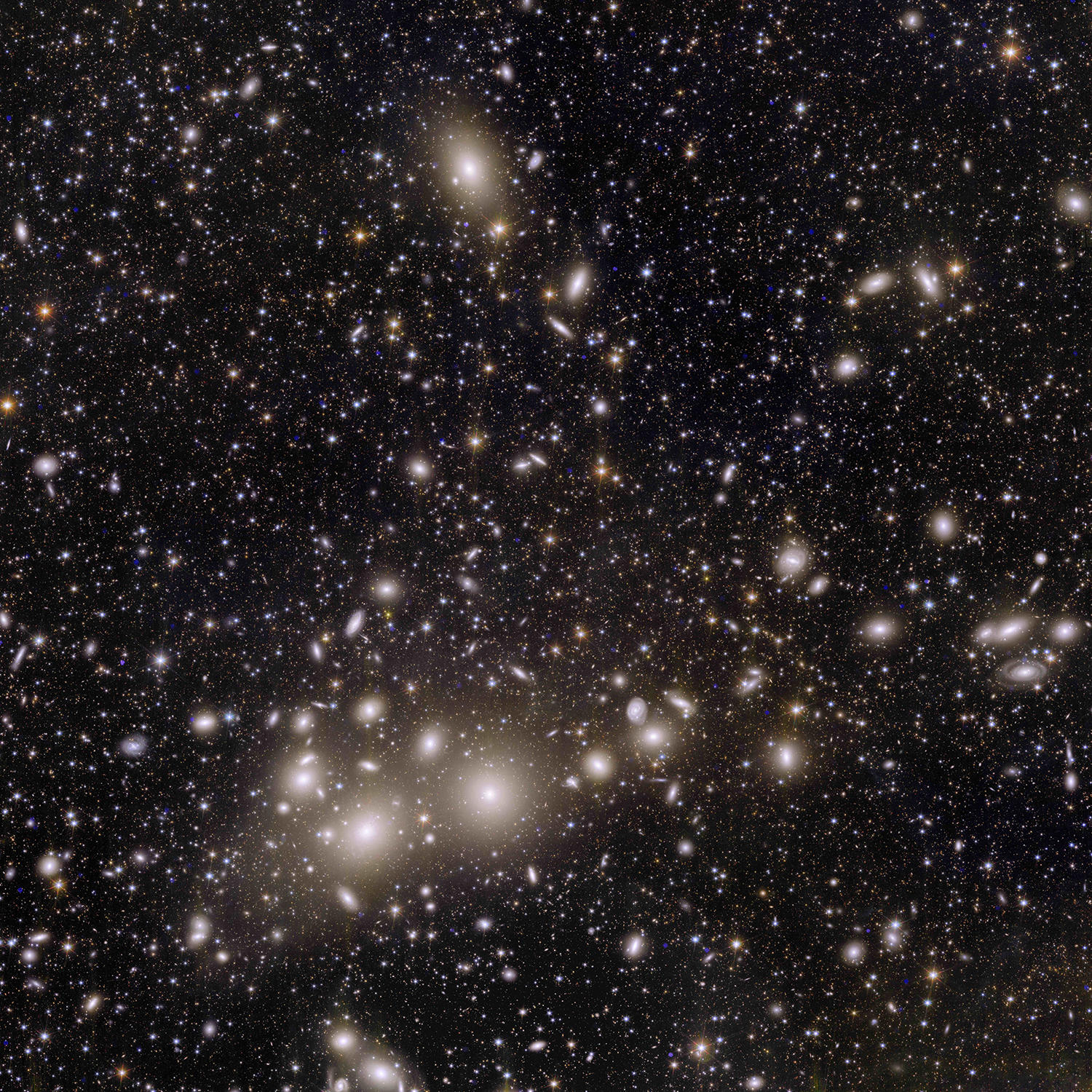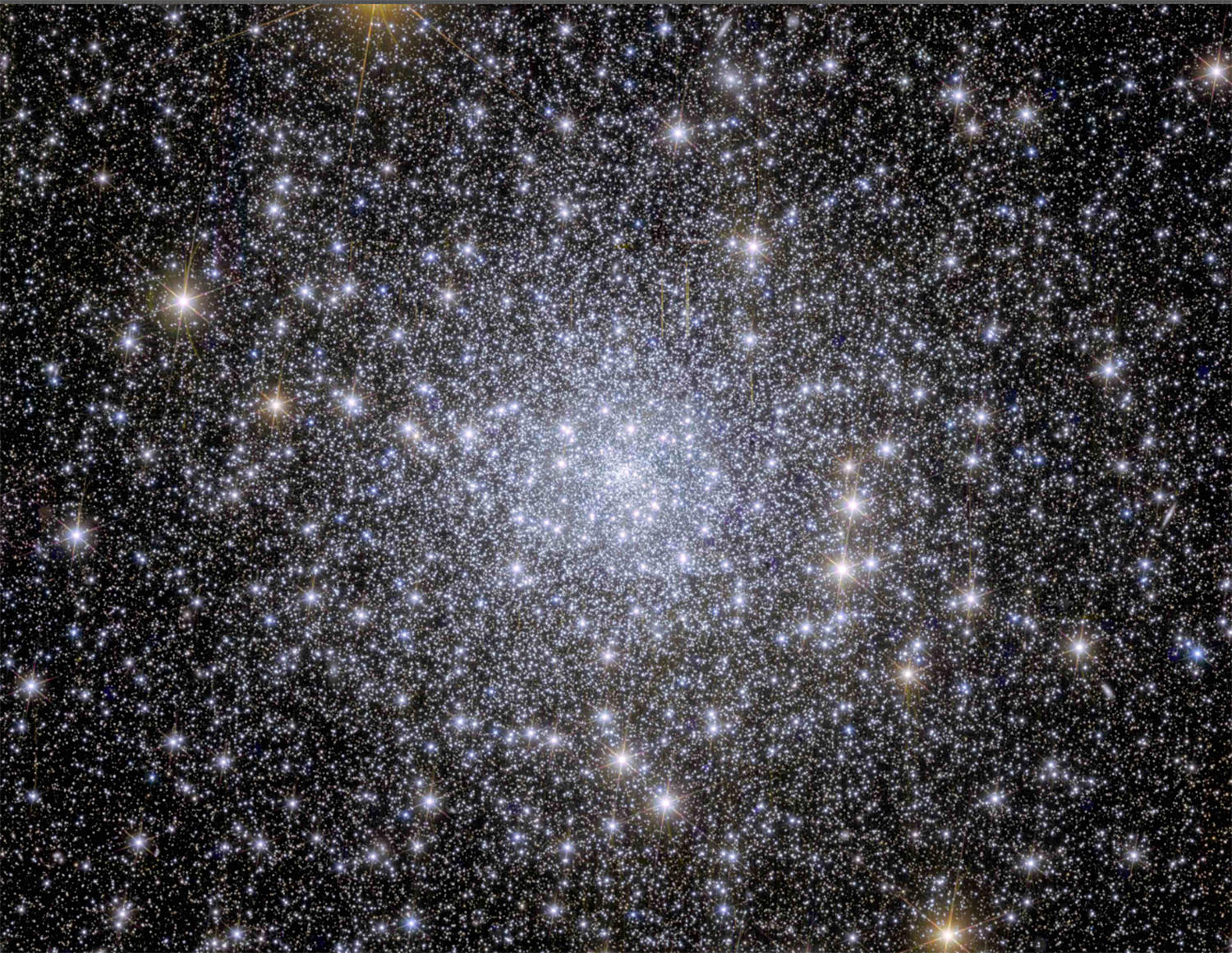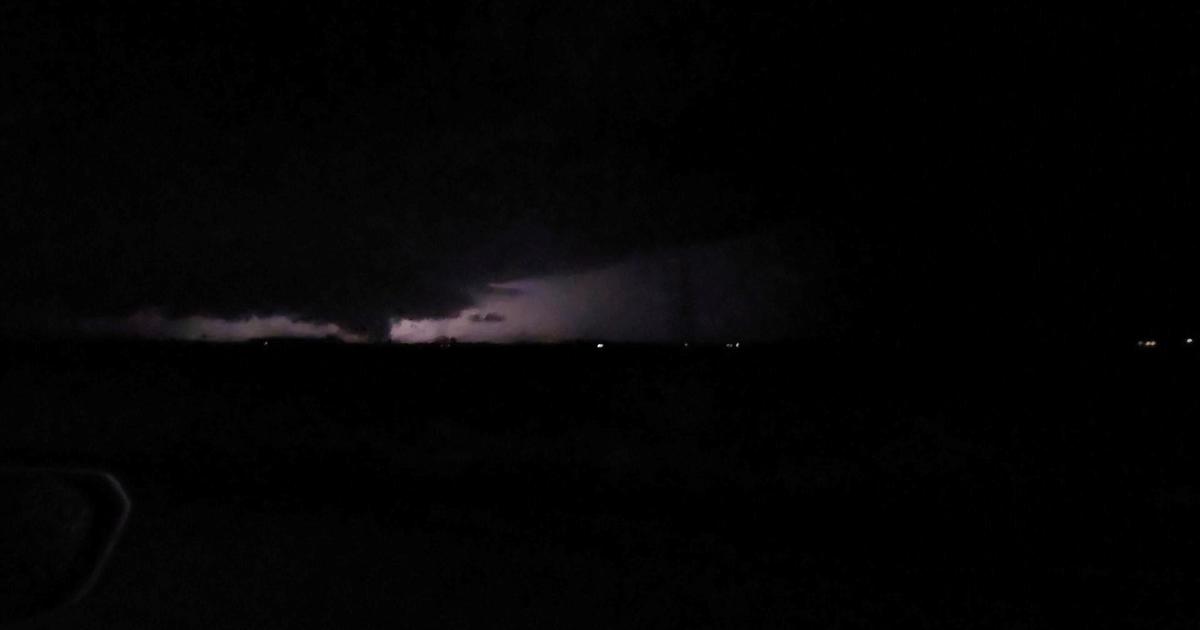Europe's Euclid space telescope amazes astronomers with initial razor-sharp images
The first color images from Europe's Euclid space telescope were unveiled Tuesday, showing the compact observatory's powerful cameras are working flawlessly in an ambitious mission to probe the nature of dark energy and equally mysterious dark matter.
One jaw-dropping image provides a spectacular wide-angle view of the Perseus galaxy cluster, revealing at least 1,000 gravitationally-bound galaxies with another 100,000 or so sprinkled across the more distant background — many of them never before seen.
Four other images show two nearby galaxies — the famous Horsehead nebula and a globular cluster — one of about 150 such spherical star swarms orbiting the core of the Milky Way.
"We have never seen astronomical images like this before, containing so much detail," Euclid project scientist René Laureijs said in a news release accompanying the photos.
"They are even more beautiful and sharp than we could have hoped for, showing us many previously unseen features in well-known areas of the nearby Universe. Now we are ready to observe billions of galaxies, and study their evolution over cosmic time."
Built by the European Space Agency, Euclid's near-perfect primary mirror measures just 3 feet 11 inches across and has much less sheer light-gathering power than the much larger Hubble and James Webb Space Telescopes.
But Euclid's much wider field of view, a 600-megapixel visible light camera and a 64-megapixel infrared spectrometer can do something its larger cousins cannot. It's designed to probe the nature of dark energy, the mysterious force speeding up the expansion of the universe, and dark matter, the unseen material holding galaxies together and shaping their evolution.
Together, dark energy and dark matter make up 95% of everything in the observable universe. "Normal" matter — the atoms in the periodic table making up everything we can see around us — accounts for just 5%.
"Dark matter pulls galaxies together and causes them to spin more rapidly than visible matter alone can account for," said ESA Science Director Carole Mundell. "Dark energy is driving the accelerated expansion of the universe."
Mundell said Euclid will "make a leap in our understanding of the cosmos as a whole, and these exquisite Euclid images show that the mission is ready to help answer one of the greatest mysteries of modern physics."
Launched from Cape Canaveral on July 1 atop a SpaceX Falcon 9 rocket, the $1.5 billion Euclid is stationed about a million miles from Earth on the far side of the moon's orbit.
Over the course of its six-year mission, the observatory will image the entire sky around the Milky Way, monitoring galaxies and galaxy clusters dating back 10 billion years.
By studying subtle changes in the light from about 1.5 billion selected galaxies, scientists hope to observe the transition from the Big Bang's initial gravity-driven deceleration to the era of accelerated expansion under the emerging dominance of dark energy some 5 billion years ago.
It will take Euclid six years to complete its 3D map of the sky, generating about 100 gigabytes of compressed data per day, or an estimated 70,000 terabytes over the course of the mission.






